Streaming Wars: How Netflix wants to prevent account sharing
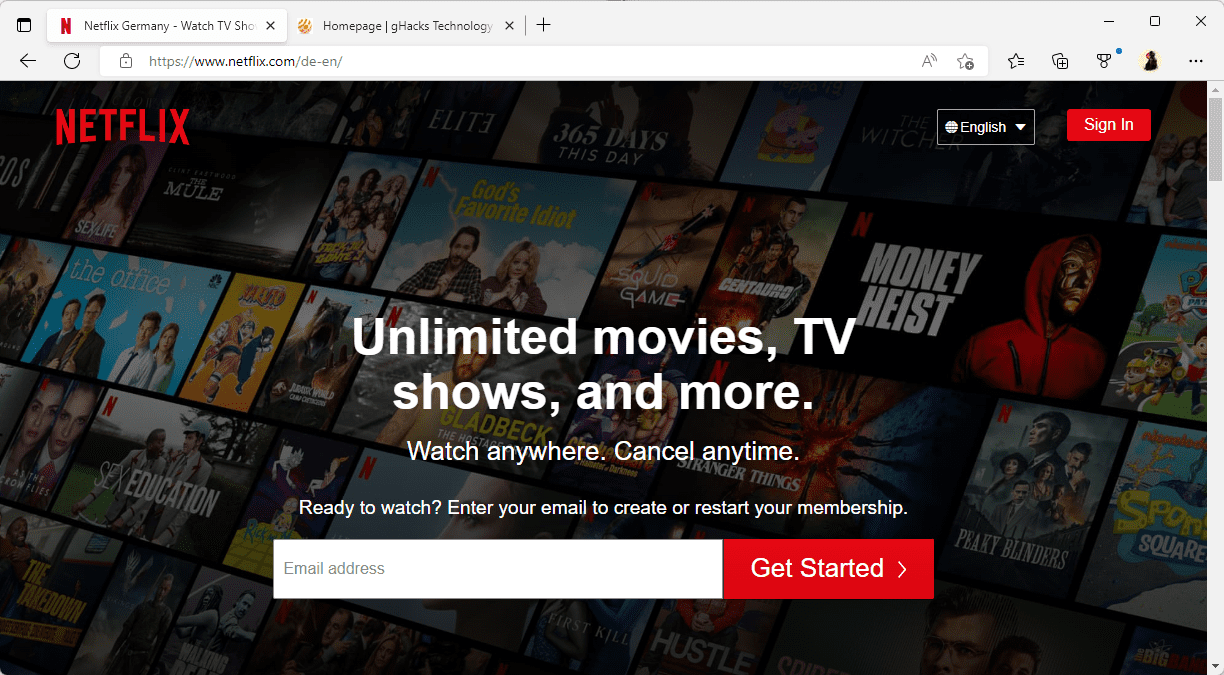
Devices with Netflix will soon have to log into the local home network of the Netflix account to avoid being blocked.
Netflix explained in an updated account sharing FAQ how it plans to prevent account sharing in the future. The company highlights in the FAQ that devices will have to log into the local home network of the Netflix account and stream Netflix content regularly to avoid being blocked.
Netflix defines household devices in the following way: a device needs to be used to sign-in and watch Netflix content using the official Netflix apps or website while connected to the Wi-fi network at the primary location at least once every 31 days. Netflix mentions Wi-Fi network specifically and makes no mention of ethernet connections.
Information, such as IP addresses, device IDs and account activity is used to "determine whether a device signed into your account is part" of an account's primary location.
Netflix targets account sharing with the restriction, but customers who only use their devices may also face verification prompts if they did not sign-in with a device for the 31 day period. Netflix does not specify if devices connected to the primary location of an account are allowed access automatically, or if they need to go through the verification process as well.
Customers could run into issues if they use specific devices only occasionally to watch content on Netflix. A device may be used to watch Netflix while travelling only, and Netflix customers may want to make sure the device is prepared for that by signing-in to Netflix and starting a show or movie while in the home network before the day of departure.
Netflix device verification
Netflix explains the device verification process on its FAQ website. A prompt may be displayed by the Netflix app or website that asks the viewer to verify the account. A link is sent to the account's email address or phone number that is associated with the primary account owner.
A click on the link opens a page with a four-digit verification code. The code is valid for 15 minutes and needs to be entered on the device with the verification prompt in that time. Netflix becomes available if the code is entered successfully. Netflix notes that device verification may be required periodically.
The company makes no mention of permanent account locks if verification codes are shared between different locations.
Most customers should not run into verification issues while travelling or living between different homes, according to Netflix.
Closing Words
Netflix plans to launch the restrictions in 2023. The company has yet to announce start dates for specific regions, but is expected to launch the account sharing restrictions in the first quarter. One thing is sure: the restrictions will put an end to unintentional account sharing, e.g., when a Netflix user forgets to sign-out in an Airbnb or vacation home.
Now You: do you use Netflix? What is your take on the account sharing restrictions?



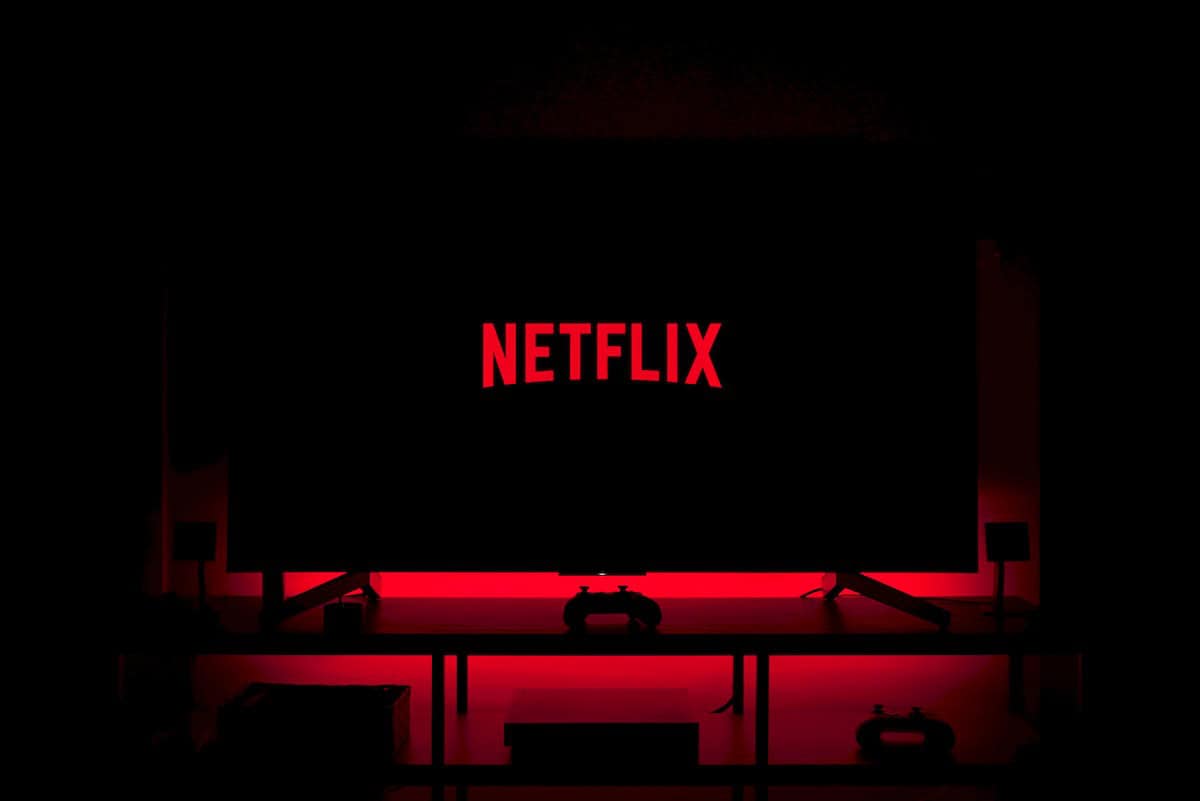
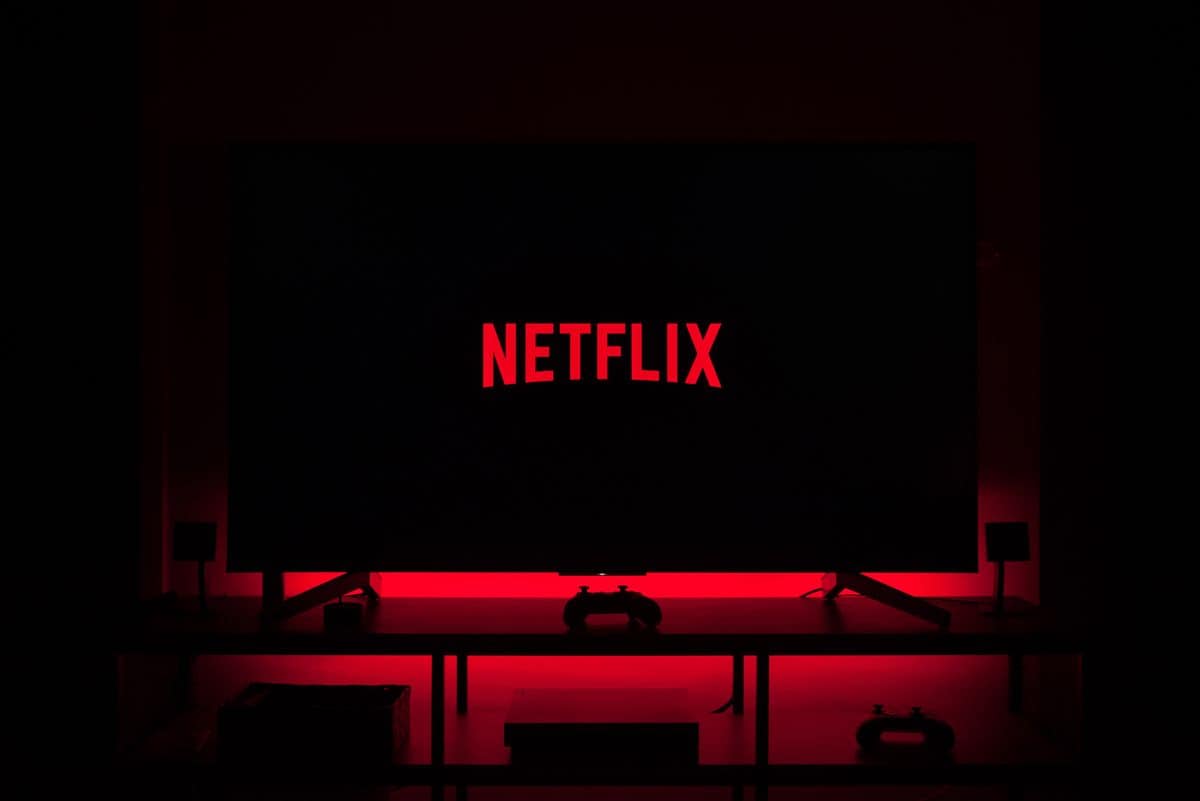

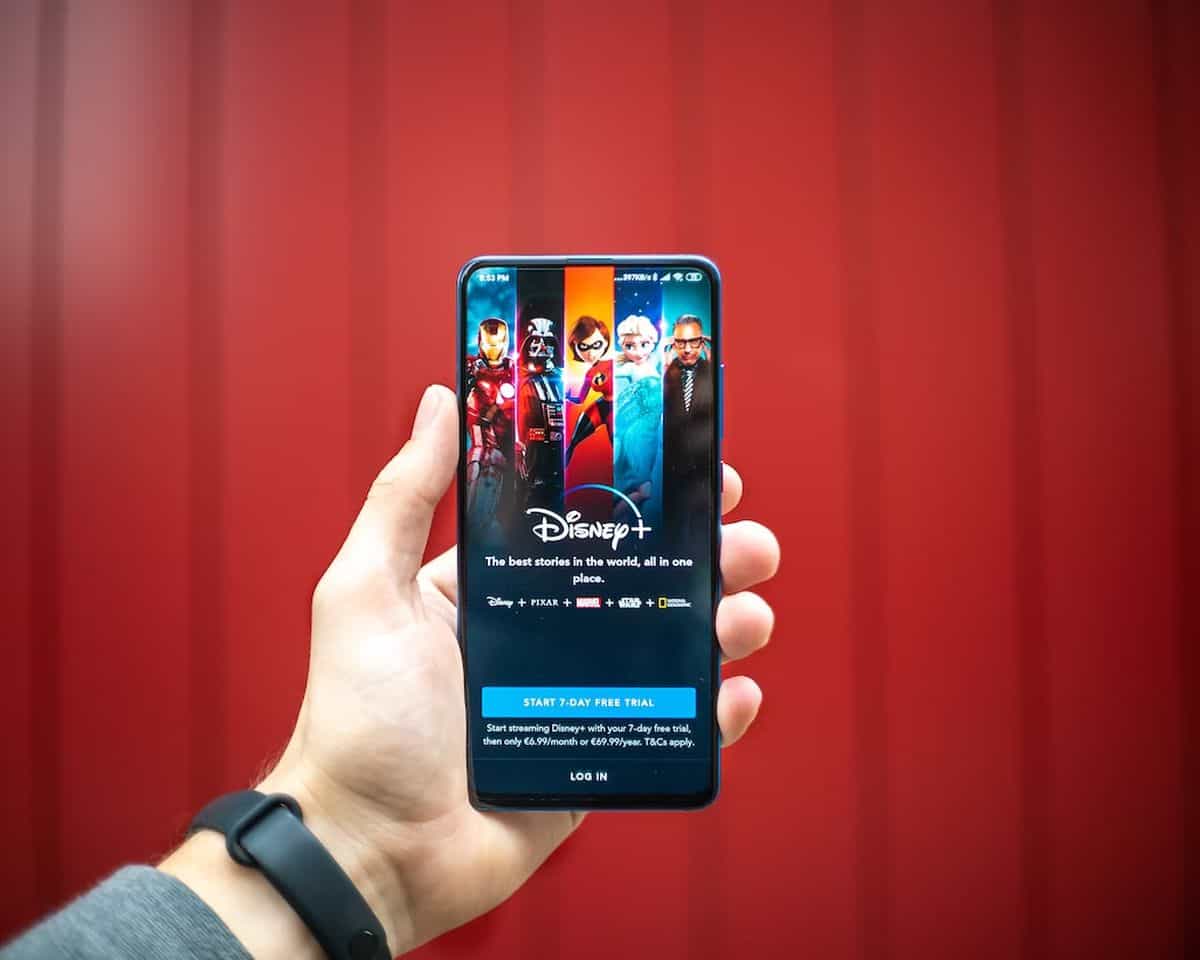


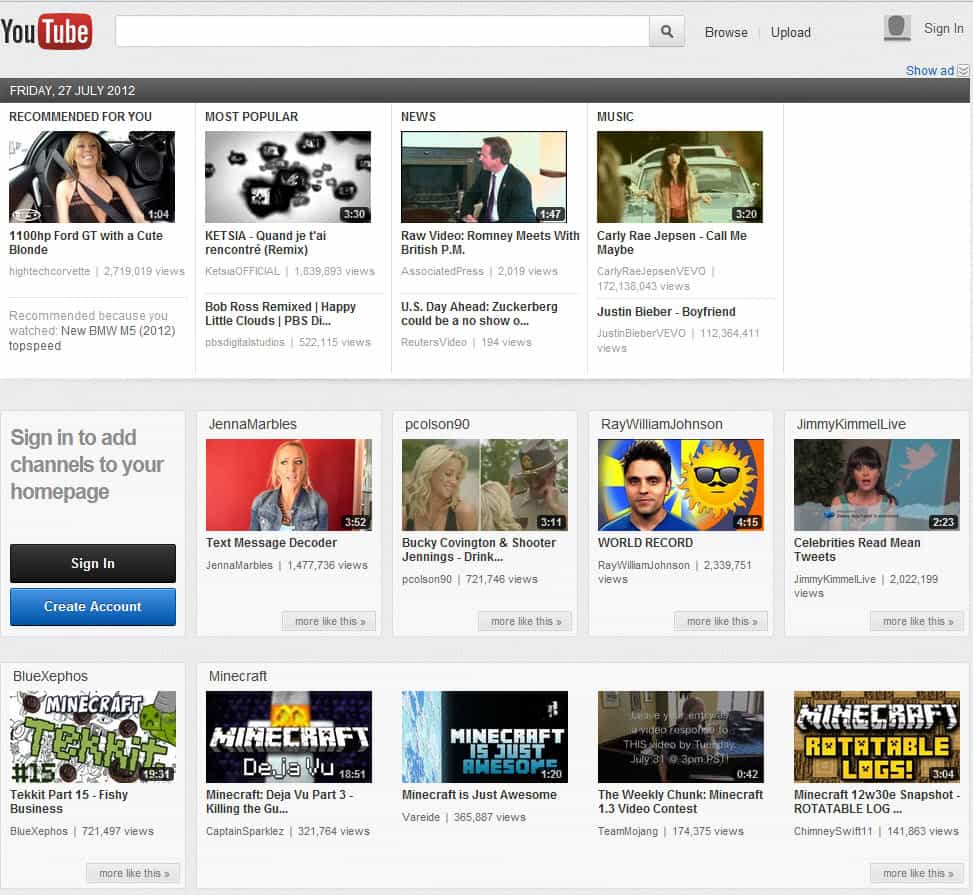

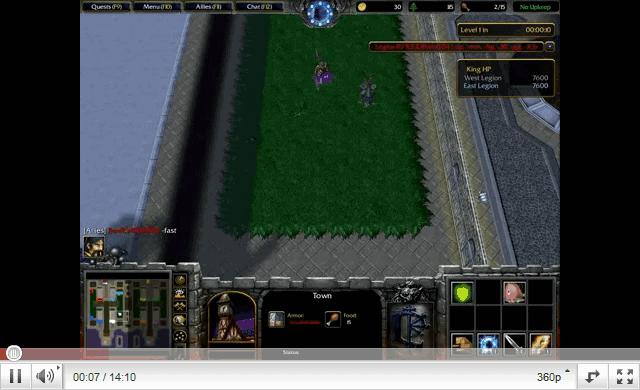
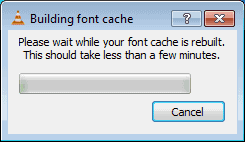










This is total BS. Since when did Netflix think an account is for a single individual? It’s a family household account. That means me, my wife and my children can watch. I pay for a specific number of simultaneous streams and we will use them where ever we damn well please. The fact that two of my kids are away at college part of the year (soon to be three) is irrelevant. As long as their permanent address is my home and they are still my dependents, they are part of my household. I don’t care what Netflix says. I have been a customer from the very beginning when it was only DVD rentals, but I will drop them like a lead balloon if they start giving us trouble.
I’d like to know how the $2.99 / month for second home subscriptions will work This measure seems to have been quietly forgotten. Looks like I could have a second home in Paris for a son in New York!
This is a classic example of what happens when companies make it difficult and obnoxious for legitimate, paying customers to access their paid content. They will see more people simply pirate the programs. Or use some of the downloaders out there that save Netflix as an MP4 and then you can carry it anywhere.
The problem for Netflix in Australia is that we have extremely strong consumer protections and they are selling a plan based on the number of screens/devices therefore they cannot restrict an account from using the devices in any number of locations based on their current plan structure.
i was thinking this also as an Aussie, like how steam and their 2hr refund window is not enforced in Australia as the consumer Law protections put in place. maybe other countries could look at consumer Law protection updates.
Nonsense. If they do this they will lose their big business in India.
Yes: a single person sharing their account with the other 1.5 billion!
Soooo I’m guessing when I’m away for work for 3 months that I won’t be able to log on to Netflix on my laptop using the ships wifi? I hope my other streaming Apps don’t do this. Might have to go back to downloads.
NETFLIX isn’t going to work for people who travel. It’s one thing to devise a sharing-prevention strategy and another to create a way to piss off legit single users. Sounds like NETFLIX either has to think up another sharing-prevention scheme or be prepared to lose more customers. It’s long overdue for the feds to start protecting consumers from abuses by these online services.
This is not new at all.
We started repeatedly experiencing this “Device Verification” exactly as described above a few years ago when we were using an account someone shared with us.
We had also become interested in having more then the one stream the account owner asked us to limit ourselves to so we just got our own account.
The “Account Sharing” period was like a demo for us, and after using it for awhile we decided to pay for an account.
Perhaps Netflix should start offering trial subscriptions.
Thanks for the info Martin. We rarely use our mobile devices for Netflix but not never. Now we will know to log them on at home before we plan to use them elsewhere.
I do have to wonder why I’m learning about this here instead of from Netflix :(
I don’t know about apps, but websites shouldn’t be able to tell if you are connected via wi-fi or ethernet.
Well they can, and YouTube TV does already. I think they use wi-do or cellular because if I try to use somebody’s account over 90 days, you have to verify your location using your mobile, can’t remember if it has to be the app. If you try from network cable it says nope. I can override my location on my laptop hardwired, but haven’t been able to figure out how on phone. I know people say VPN, but I have tried a few, and they don’t work.
I remember when I could get up and walk across the room and turn on the teevee and watch, albeit with commercials, free programming all day long. I could go over to my neighbor’s and continue watching the same thing there. One prime time program could be on two, gasp!, teevees at the same time in the same house. No monthly payments, no id verification, no device registering, no four-digit verification code, no prove you are a human…
Netflix is a waste of money, as are all streaming services. As someone once said “300 channels and nothing on”. Overpriced brain roting gabage. This is just another nail in Netflix’s coffin.
If they block people who don’t use WiFi they are going to lose a lot of customers.
I build systems for people and I never build Wifi into a system. I haven’t set up Wifi for anyone in a decade. Always wired networks, and often 2.5G up to 10G. Smal home networks as well. Forcing people to use Wifi that don’t want to could not only cost these people significantly more money but will also create a bitter taste in their mouth.
I hope Netflix are not that stupid.
I’m guessing they require the home connection to be Wifi as they use a Wi-fi positioning system to determine the location.
Just a guess though ;-)
Maybe instead of punishing its remaining userbase netflix should stop wasting billions of $’s making woke garbage no one is interested in. That way people would actually want to sign up rather than share an account to see the handful of shows/movies worth watching. But hey, that would make too much sense I guess.
^ This!
good old DVD’s never for ever ask confirmation for whatever :)
I have come across DVDs that needed an unlock code. You had to pay a fee to get the unlock code. This was some years ago, like DVDs. I don’t know whether you could use the same code on a copy of the DVD as I never tried. I
How does that work for people living out of an Airbnb and moving a lot?
Put on your eye patch and sail the seven seas with a parrot on your shoulder. Or cancel Netflix and buy Xbox Game Pass instead.
If you are sailing the seven seas, no need to pay ransom to Netflix
Is that for the US. or all countries?
I have already looked into this & called Netflix.
I thought they were trying to crack down on Single screen users sharing
their passwords with friends etc.
There is no mention of People who are paying for the Premium package & are
allowed 4 Screens. If a family member is no longer living at home but is using one
of the screens with their user Icon. the ip address will be visible to Netflix as well as
the Device, like for example a Nvidia Shield.
The owner of the account should only have to verify the account Devices once. for
the 4 screens being using.
The owner of the account can see the devices that are connected